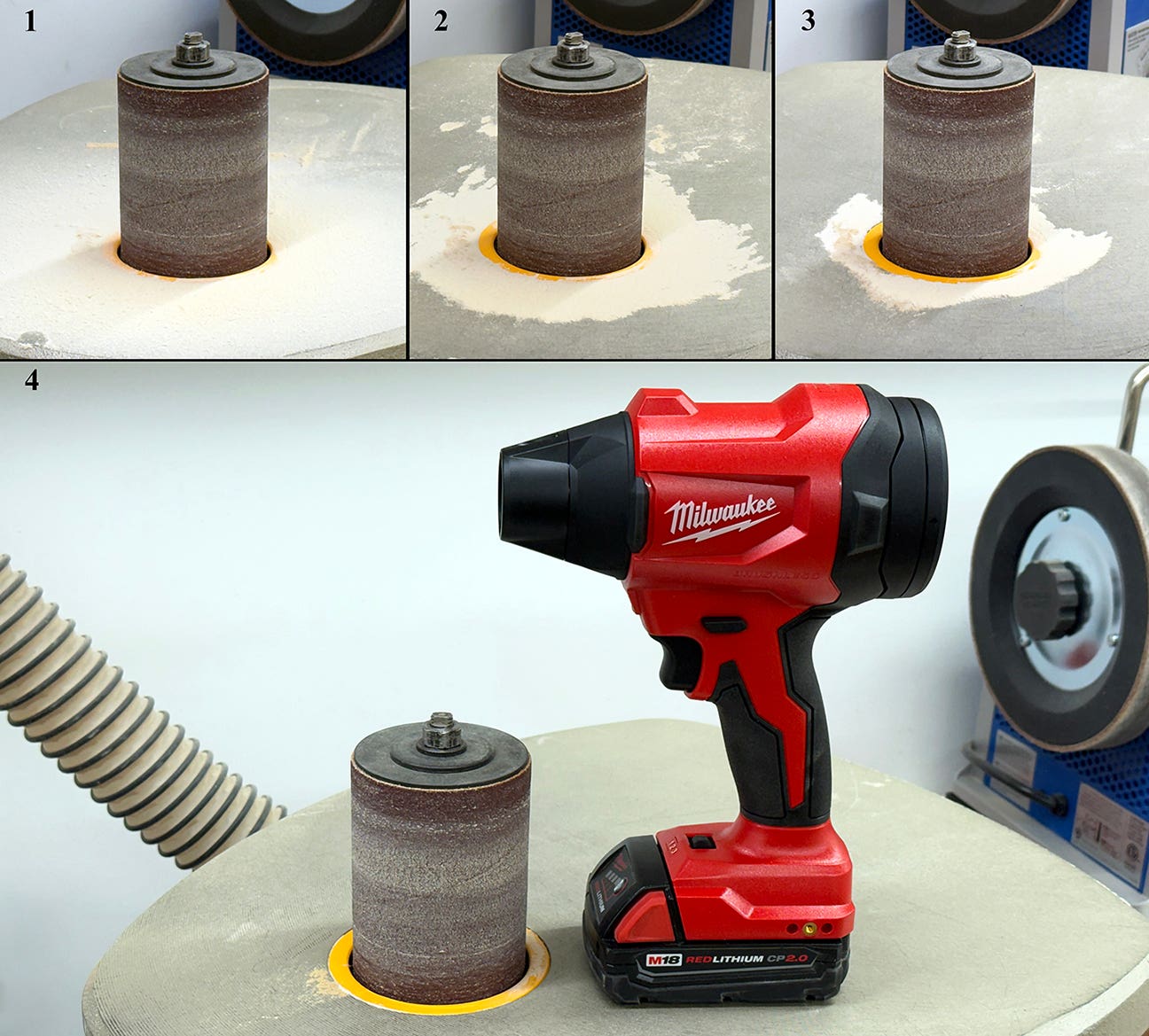Worth preserving
In my last post, I said that 90 percent of the work I had done over the course of my woodworking career has ended up in the Dumpster. That comment…
In my last post, I said that 90 percent of the work I had done over the course of my woodworking career has ended up in the Dumpster. That comment elicited a comment which suggested that this had occurred because I was working in the style of the day rather than focusing on a work that might have more staying power.
In answer to this comment, I must admit that 90 percent is an exaggeration. But I know of many installations that were demoed when new owners wanted to put their own personal stamp on their new digs. This was not so much due to working in the style of the day but working in the style of the client and their entourage of designers and architects. That's the deal when you do custom work. I had many projects where I was the designer and these were done more in a style of my own making. Even so, there is no guarantee that new owners are going to have the same aesthetic sensibilities as those who commissioned the work or see some intrinsic value worth preserving.
Over the years, I also made many pieces of furniture and these, it seems, have a much better chance of long-term survival. They can be removed from their current environment without being destroyed. They are much more likely to be sold or given to another and, therefore, might have a somewhat longer life expectancy.
My whole point was the wasteful attitude that has become the status quo. A kitchen is not demolished because it is no longer functional or has deteriorated beyond the point of usability but simply because it might not conform to the style of the day. I have personally seen many perfectly good, fully functional kitchens torn out for exactly this reason. But there is no consideration given to the idea that this represents an appalling waste of resources and might well be destroying work that would have far more inherent value than that which replaces it.
D.D.
David DeCristoforo possesses an extensive resume as designer/maker of fine furniture, high-end cabinetry and architectural woodwork. His experience in professional woodworking spans a period of 35 years. For the past 20 years David DeCristoforo Design has been located in Woodland, California. During this time David's shop has ranged in scope from a "full on" cabinet production shop with as many as 15 employees to a small fine furniture and custom millwork shop, working with his son, David RBJ, a highly skilled maker in his own right.







